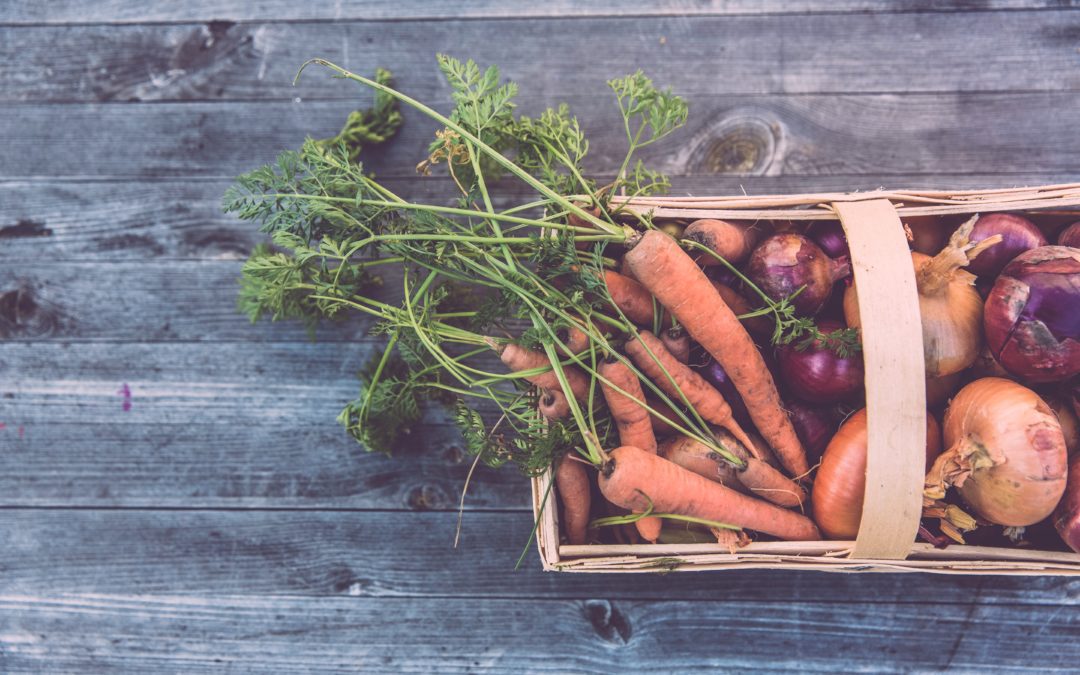If the idea of gardening in the summer isn’t sitting well with you this year, or if you’ve just been too busy to actually start your garden, don’t worry. The crisp fall season is a great time to grow a slew of vegetables and flowers, from vitamin-packed kale to striking irises. And yes, we’ll admit it: you may have to be a bit more attentive and rely on more patience than usual during the cooler months, but the result — a successful garden — is well worth the effort. But in order to make your fall garden work as hard as possible, you’ll need to start planting your favorite flowers and vegetables in August.
That’s why we’ve rounded up 12 of the best flowers and nutritious vegetables to plant come late summer, as well as where to place your seed orders online. Needless to say, don’t store your gardening gloves away just yet.
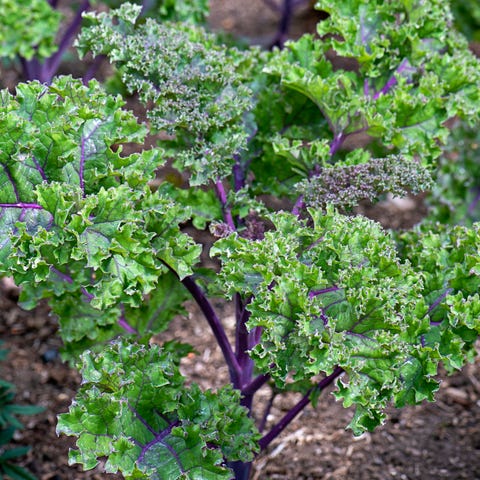
Jacky Parker PhotographyGetty Images
Believe it or not, this leafy green doesn’t mind the cold at all. In fact, cold temps help to bring out its delicious, nutty flavor, and it only takes about two months for it to grow from seed to harvest.
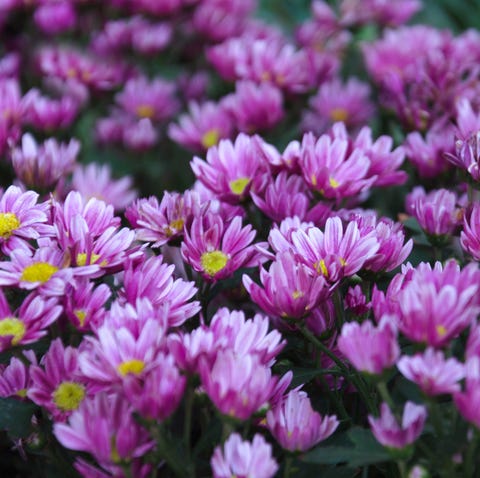
Elizabeth FernandezGetty Images
If you’d like to fill your garden with cheery colors next year, now’s the best time to consider planting chrysanthemums. Keep in mind that these perennials do well with full sun and well-drained soil.
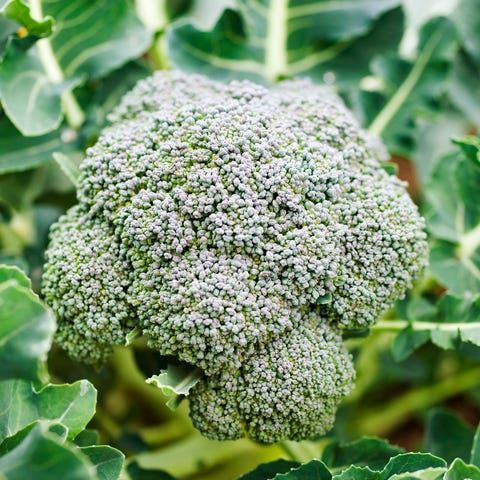
ZenShui/Laurence MoutonGetty Images
You might also like: Staging a House for Sale
When it comes to growing broccoli — a good source of fiber, protein and an array of vitamins — your best bet is full sun, along with fertile, well-drained soil. Spacing is key when planting. Stick to 15 to 18 inches apart for raised beds, but for rows, set the transplants 18 to 24 inches apart within the row and space rows 24 to 36 inches apart.

zhengshun tangGetty Images
Want to know one reason to add radishes to your garden? They can grow as fast as three weeks — yes, three! Full sun, partial shade and well-drained soil are best for this root vegetable.
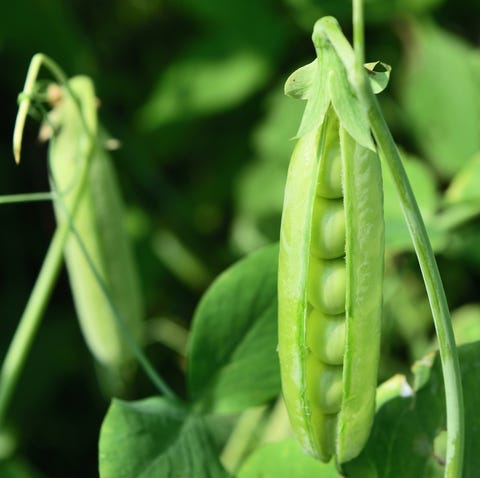
TianikaGetty Images
You might also like: How to Move with Pets
Certain pea varieties, like Snowbird, Cascadia, Sugar Ann and Maestro, are ideal for growing in cool weather, as they can mature fairly quickly (in about 60 days). Just be sure to check the date to maturity on your seed packet to determine the best option for you.
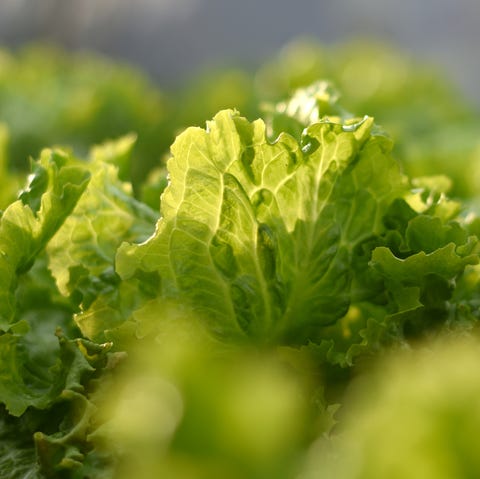
Elena PejchinovaGetty Images
If you can’t get enough of salad recipes, you’d be delighted to know that certain types of green leaf lettuce and romaine can tolerate cool weather.
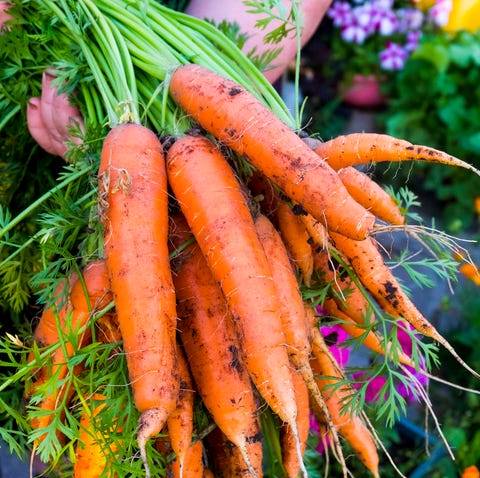
This root vegetable, which loves nitrogen-rich soil, can take between 50 to 60 days to mature. Be sure that soil is loose and well-drained.
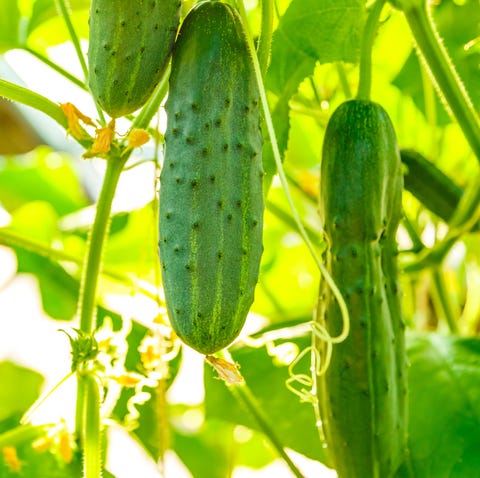
GarsyaGetty Images
With fertile soil, adequate water (one to two inches per week) and as much light as possible, cucumbers can be ready in just 50 days. Try your best to keep weeds at bay and consider row covers to protect them as they grow.
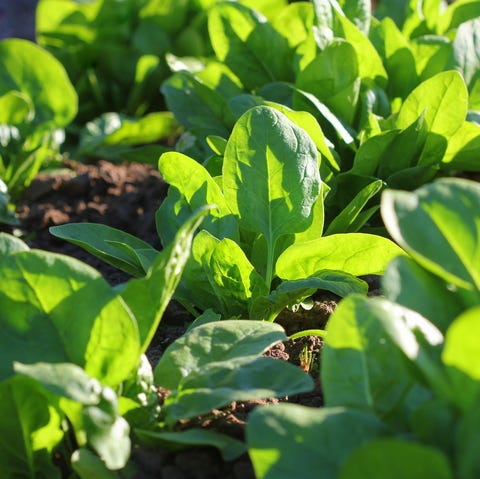
VaivirgaGetty Images
Moist, nitrogen-rich soil is the key for growing spinach, which can thrive during the cooler months. And while it prefers full sun, you’ll find that it can also tolerate partial shade.
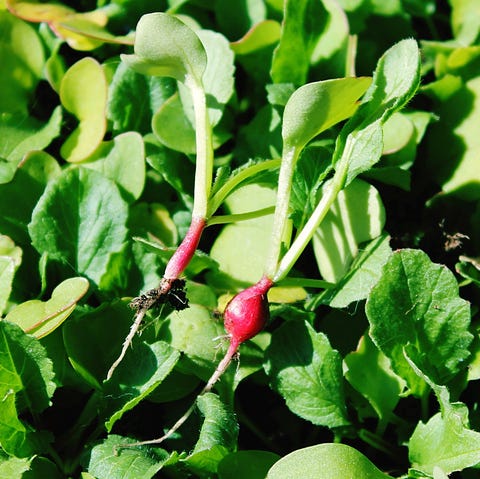
Janina Luetje / EyeEmGetty Images
This fast-growing vegetable, which takes just about two months to reach maturity, can withstand partial shade even though they prefer full sun.

Annie OtzenGetty Images
This hardy perennial, with some varieties growing as high as four feet, are perfect for adding a pop of color to your fall garden. They tend to prefer partial shade and full sun and depending on the variety, soil should be kept moist or well-drained.
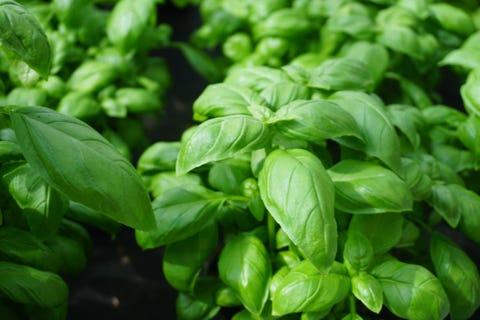
Merethe Svarstad Eeg / EyeEmGetty Images
If you love nothing more than a tasty pesto dish, making this easy-to-grow herb part of your fall garden is non-negotiable. While sweet basil is the most common type, there are a number of other varieties. Their leaves are delicate, though, so handle this plant with care.
